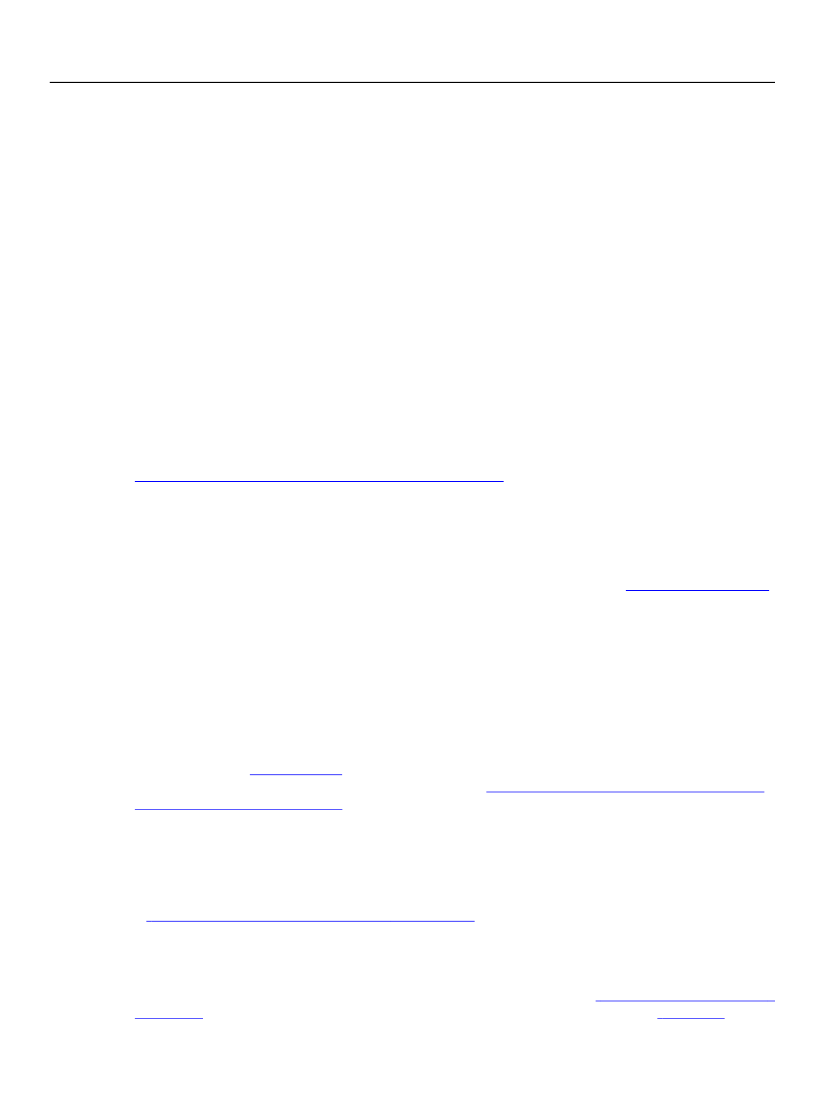
XFA Specification
Chapter 2, Template Features for Designing Static Forms
Basic Layout
62
Rotating Flowed Content
The rotation of containers in a dynamic form affects the flowed placement of containers, as described in
“Effect of Container Rotation on Flowed Layout” on page 225.
Transformations
Presenting the form to the user, or printing it to paper, requires that the many objects inside the template
be assembled by the processing software. During this assembly, many geometric transformations must
take place. A container object must position or flow its enclosed objects within its
nominal content region,
using its own coordinate space. If a container holds other containers as its content, those child containers
in turn position or flow their content within their own coordinate spaces.
It is not the responsibility of this document to mandate the actual implementation of transformations.
However, by describing one possible implementation, transformation calculations become more obvious.
This particular implementation is provided to be illustrative of transformations.
In this implementation, there is a clear separation between what the enclosed object knows and what the
enclosing container knows. Regardless of margins and the internal coordinate origin, the enclosed object
adjusts the coordinates that it makes available to the container so that (0,0) is the top-left corner of the
contained object's
nominal extent.
We refer to these as common coordinates, which are coordinates the
parent can easily transform into its own coordinate space.
See “Algorithms for Determining Coordinates
Relative to the Page” on page 954.
Flowing Text Within a Container
This section describes the placement of text within a fixed-size container. It does not discuss the
placement of text within a growable container. Placement of text within growable containers is discussed
in“Text
A container’s data is flowed inside the nominal extent of the container. The flow of text within a line can be
left to right or right to left or a mixture of the two. Lines always flow from top to bottom.
The enclosing container may specify the alignment of text within the object (“Alignment
on page 44)
and may specify whether the container may grow in width and/or height (“Growable
To be, or not to be: that is the
question: Whether 'tis nobler in
the mind to suffer The slings and
arrows of outrageous fortune, Or to
take arms against a sea of troubles,
And by opposing end them?
The result of rendering the above draw element is shown at right.